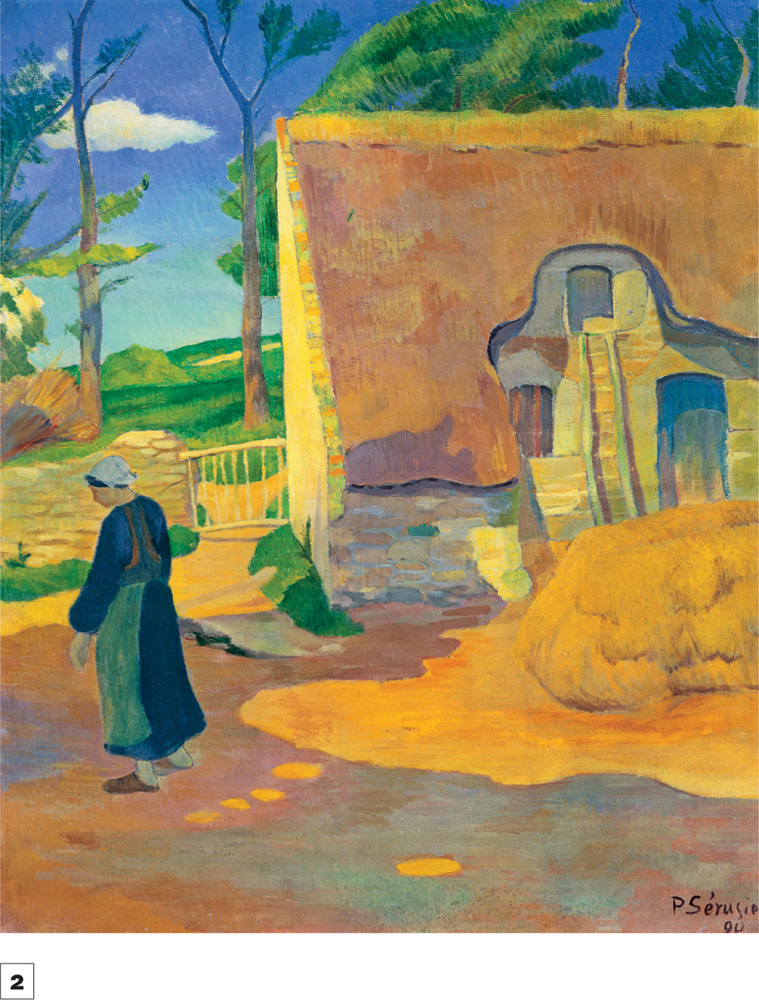 Paul Gauguin (1848–1903)
Paul Gauguin (1848–1903)Parau na te Varua ino (Words of the Devil), 1892, Oil on canvas, 36 1/8 × 26 15/16 in (91.8 × 68.4 cm)
ASSESSING THE RELATIVE VALUE OF ARTISTS AND ARTWORKS
When we look at a work of art, we not only experience it, we also often pass judgment on it. We deem it to be good or bad, better or worse. We compare it favorably or unfavorably to other works of art by the same artist and to those of other artists. In other words, we make a judgment as to the quality of the work of art we are looking at. The basis on which such a judgment is made can be hard to define or pin down. It will also be somewhat different for each work of art we look at.
The judgment of quality is, therefore, something of a moving target. It can shift depending on the understanding and selective framework of the viewer, and it can shift with the fashions and collective judgments of the day. The history of art is strewn with reputations that were once elevated and are now all but forgotten.
What is it, then, that we are really doing when we say that one work of art is better than another or one artist is better than another? Perhaps we are recognizing that some works of art function far better than others. They deliver on what they set out to do in ways that are more imaginative, more surprising, and more satisfying.
Although there is obviously considerable subjectivity involved in a judgment of quality, it does appear that at any given time a community of taste will coalesce around a particular view. Most people agree today that Vincent Van Gogh was a great artist, a view that was not apparent during his lifetime. Over long periods of time, judgments of quality concerning individual artists tend to settle into a broad consensus. The pantheon of great artists from Massacio, to Michelangelo, to Monet seems unlikely to be changed in the future in any radical way. Meanwhile, the reputations of thousands of lesser artists will continue to rise and fall with the shifting tides of taste and context.
 Paul Gauguin (1848–1903)
Paul Gauguin (1848–1903)
Parau na te Varua ino (Words of the Devil), 1892, Oil on canvas, 36 1/8 × 26 15/16 in (91.8 × 68.4 cm)
 Paul Sérusier (1864–1927)
Paul Sérusier (1864–1927)
Farmhouse at Le Pouldu, 1890, Oil on canvas, 28 3/8 × 23 5/8 in (72 × 60 cm)
History has judged Gauguin to be a better painter than his contemporary Sérusier.
